The Zercher squat sandbag variation is an unconventional yet powerful exercise that builds lower body strength, core stability, and grip endurance. Unlike traditional barbell Zercher squats, this movement utilizes a sandbag, making it more functional and adaptable to real-world strength training.
In this comprehensive guide, we will explore the benefits, proper technique, muscle activation, variations, and programming strategies for incorporating the sandbag Zercher squat into your workouts.
What Is the Sandbag Zercher Squat?
The Zercher squat sandbag exercise involves holding a sandbag in the crook of your elbows while squatting. This unique positioning forces greater engagement of the upper back, core, and legs compared to traditional front or back squats.
Origins of the Zercher Squat
The Zercher squat was originally developed by Ed Zercher, a strongman from the 1930s. Traditionally, it was performed with a barbell, but using a sandbag adds an element of instability, requiring greater control and functional strength.
Why Use a Sandbag Instead of a Barbell?
- Increased Core Activation – The shifting weight of the sandbag forces the core to work harder.
- Functional Strength Gains – Mimics real-world lifting, making it practical for athletes, firefighters, military personnel, and strongman competitors.
- Joint-Friendly – Less stress on the wrists, shoulders, and lower back compared to traditional barbell squats.
Muscles Worked in the Sandbag Zercher Squat
The Zercher squat sandbag movement engages multiple muscle groups, making it a highly effective full-body exercise.
Primary Muscles Targeted
- Quadriceps – The primary movers, responsible for knee extension.
- Glutes – Play a major role in hip extension and power generation.
- Hamstrings – Assist in stabilizing the knees and controlling descent.
- Core (Abdominals & Obliques) – Works intensely to maintain posture and balance.
- Upper Back (Traps & Rear Delts) – Required for holding the sandbag in position.
- Forearms & Biceps – Strengthens grip and arm endurance due to the demanding hold.
Benefits of the Sandbag Zercher Squat
1. Builds Full-Body Strength
The sandbag Zercher squat engages nearly every muscle, making it an excellent compound movement for overall strength development.
2. Enhances Core Stability
The unstable nature of the sandbag forces deep core engagement, improving posture and balance.
3. Improves Functional Fitness
Mimicking real-world lifting situations, this movement is useful for athletes, military personnel, and first responders.
4. Develops Grip Strength
Holding the sandbag in the Zercher position challenges grip endurance, benefiting combat athletes and strongman competitors.
5. Reduces Spinal Compression
Unlike a barbell back squat, the sandbag Zercher squat places less direct load on the spine, making it a safer alternative for those with back pain.
6. Enhances Cardiovascular Conditioning
Due to its high metabolic demand, this exercise can also improve endurance when performed with higher reps.
How to Perform the Sandbag Zercher Squat
Step-by-Step Guide
-
Setup the Sandbag
- Choose a sandbag with a manageable weight (start light and progress gradually).
- Position it on the floor in front of you.
-
Lift the Sandbag into the Zercher Position
- Squat down and slide your forearms under the sandbag.
- Secure it in the crook of your elbows, keeping your hands close together.
- Keep your chest up and shoulders back.
-
Squat Down
- Engage your core and take a deep breath.
- Lower yourself into a squat by pushing your hips back and bending your knees.
- Keep the sandbag close to your torso to maintain balance.
-
Drive Back Up
- Push through your heels and extend your hips and knees.
- Keep your core braced to avoid losing balance.
-
Repeat for Reps
- Perform 8-12 reps per set, focusing on controlled movement and proper form.
Common Mistakes and How to Fix Them
1. Rounding the Back
- Fix: Keep the chest up and engage your upper back muscles.
2. Leaning Too Far Forward
- Fix: Ensure your knees track over your toes and maintain an upright torso.
3. Not Engaging the Core
- Fix: Brace your abs as if preparing for impact.
4. Using Too Much Weight Too Soon
- Fix: Start with a lighter sandbag and focus on form before increasing the load.
Variations of the Sandbag Zercher Squat
1. Sandbag Zercher Hold Walk
- Walk while holding the sandbag in the Zercher position to build core strength and endurance.
2. Sandbag Zercher Lunge
- Perform lunges instead of squats to target unilateral leg strength.
3. Sandbag Zercher Good Morning
- Hinge at the hips while holding the sandbag in the Zercher position to strengthen the posterior chain.
4. Sandbag Zercher Box Squat
- Squat onto a box to emphasize depth and control.
Programming the Sandbag Zercher Squat
For Strength Gains
- 4-6 sets of 5-8 reps with a heavy sandbag.
For Hypertrophy (Muscle Growth)
- 3-4 sets of 8-12 reps with moderate weight.
For Endurance and Conditioning
- 3-5 sets of 15+ reps or 30-60 seconds of continuous squatting.
As Part of a Full Workout
| Exercise | Sets | Reps | Rest Time |
|---|---|---|---|
| Sandbag Zercher Squat | 4 | 8-10 | 60 sec |
| Sandbag Deadlift | 3 | 10-12 | 45 sec |
| Sandbag Carry | 3 | 30 meters | 30 sec |
| Push-Ups | 3 | 12-15 | 30 sec |
Frequently Asked Questions (FAQs)
1. Is the sandbag Zercher squat better than the barbell version?
The sandbag version offers greater functional strength benefits, while the barbell version allows for heavier loading.
2. Can beginners do the sandbag Zercher squat?
Yes, but they should start with a lighter sandbag and focus on technique.
3. How often should I do the sandbag Zercher squat?
1-2 times per week is ideal, depending on your training goals.
4. What weight should I start with?
Beginners should start with 30-50 lbs and progress as they improve their form.
5. Can this exercise replace traditional squats?
It can be a great alternative but should be combined with other squat variations for balanced development.
6. Does the sandbag Zercher squat help with deadlifts?
Yes, it improves core strength and posterior chain activation, which carries over to deadlifts.
Conclusion
The Zercher squat sandbag is an underrated yet highly effective exercise for building strength, endurance, and functional fitness. Whether you’re a strength athlete, martial artist, or fitness enthusiast, adding this movement to your training can provide massive benefits.


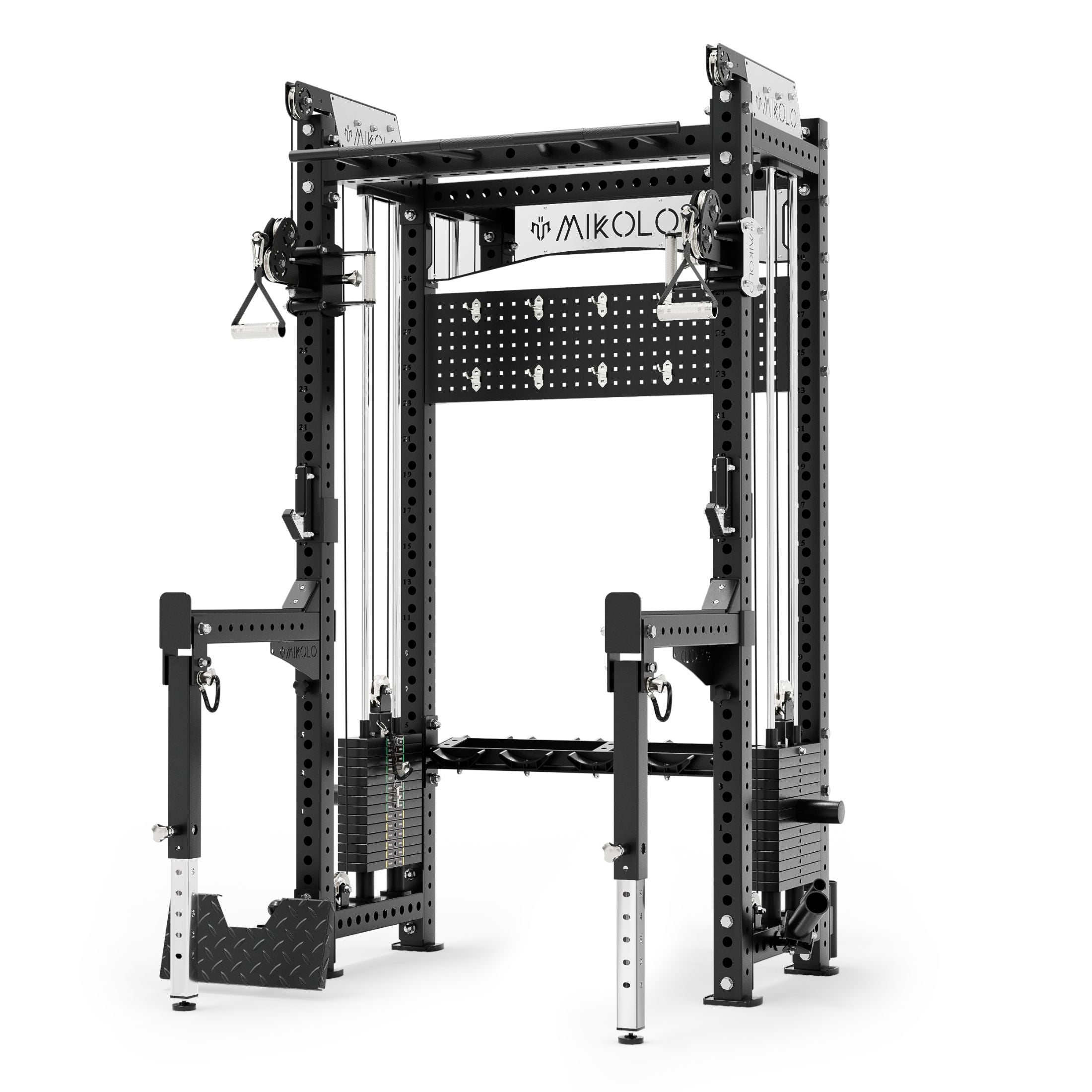




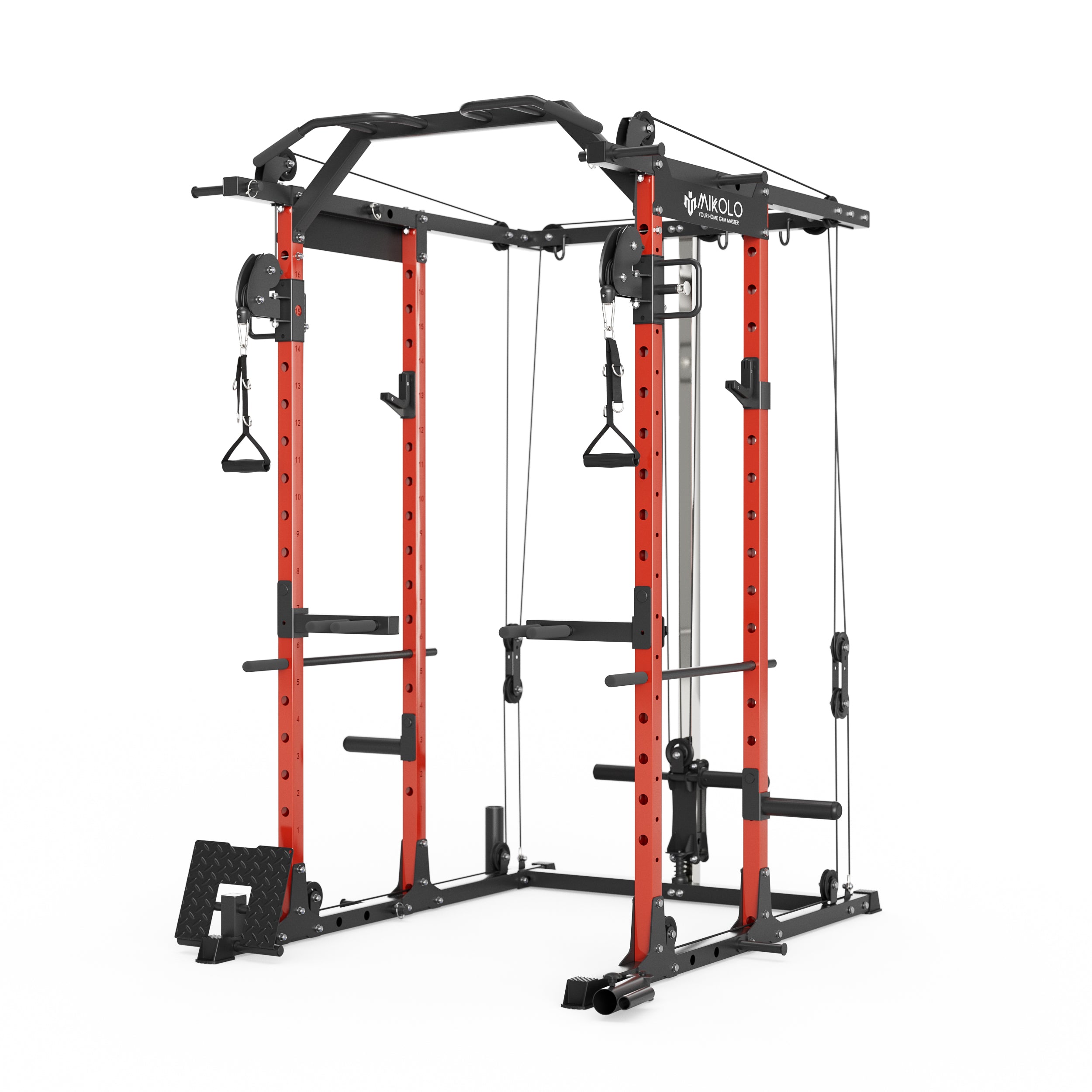
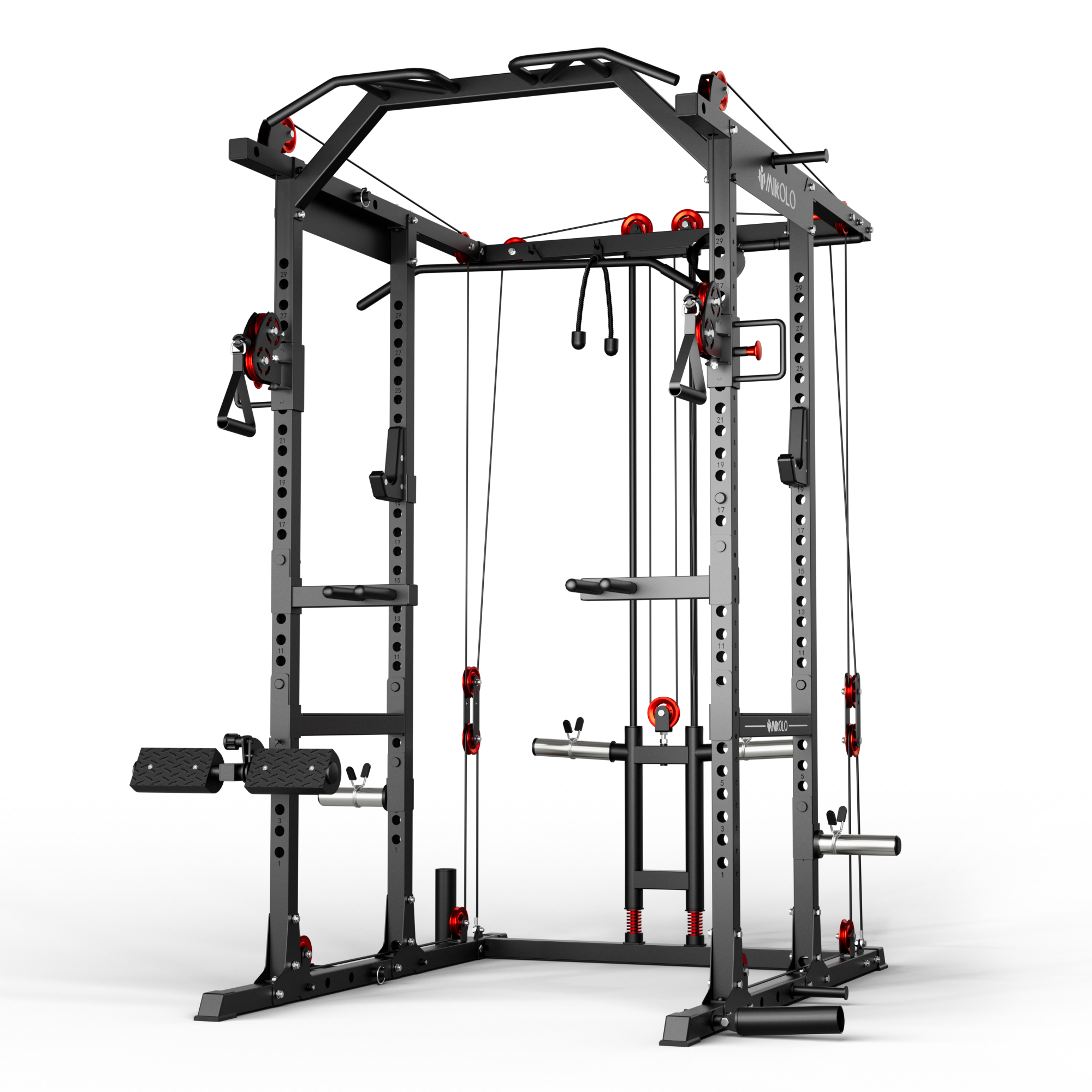

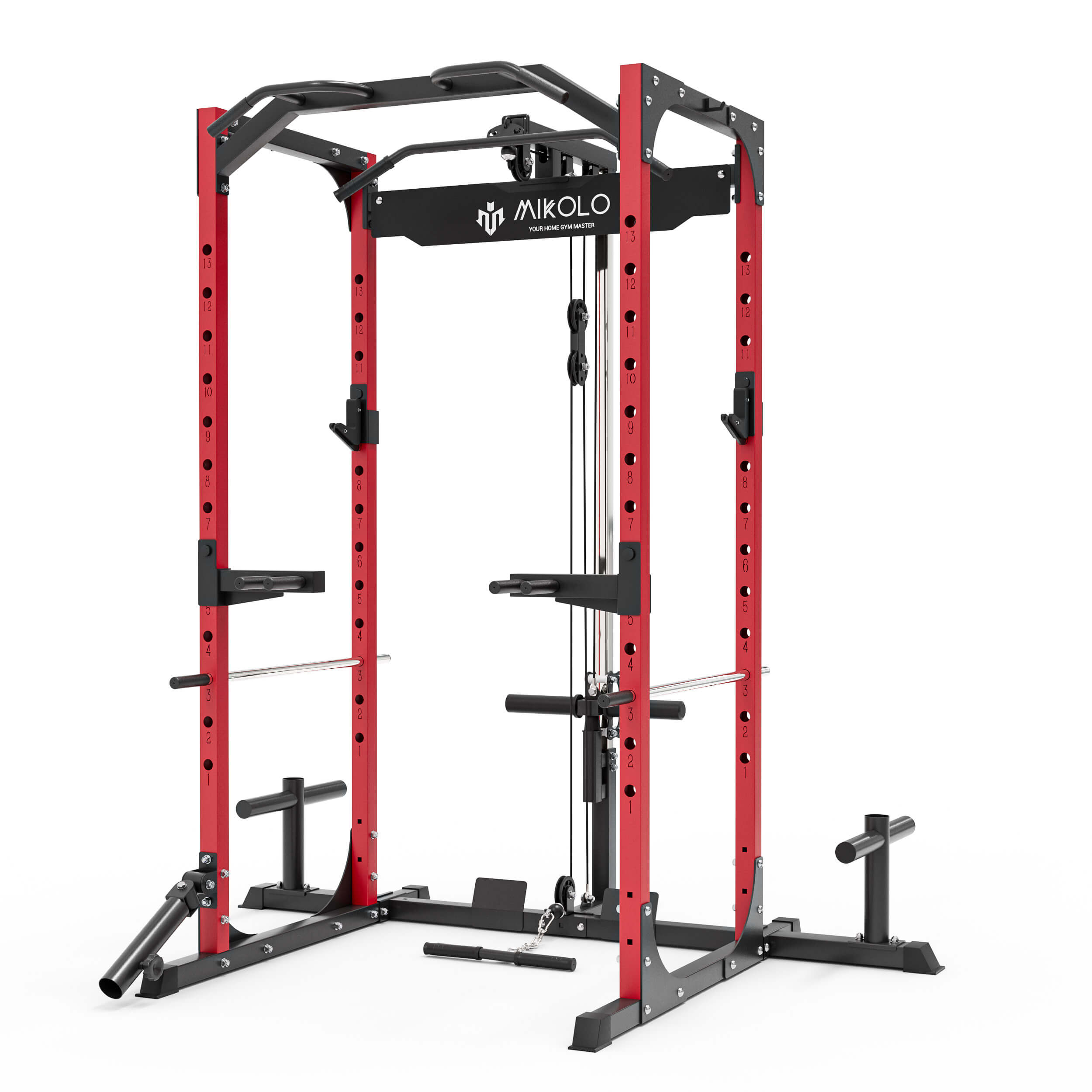



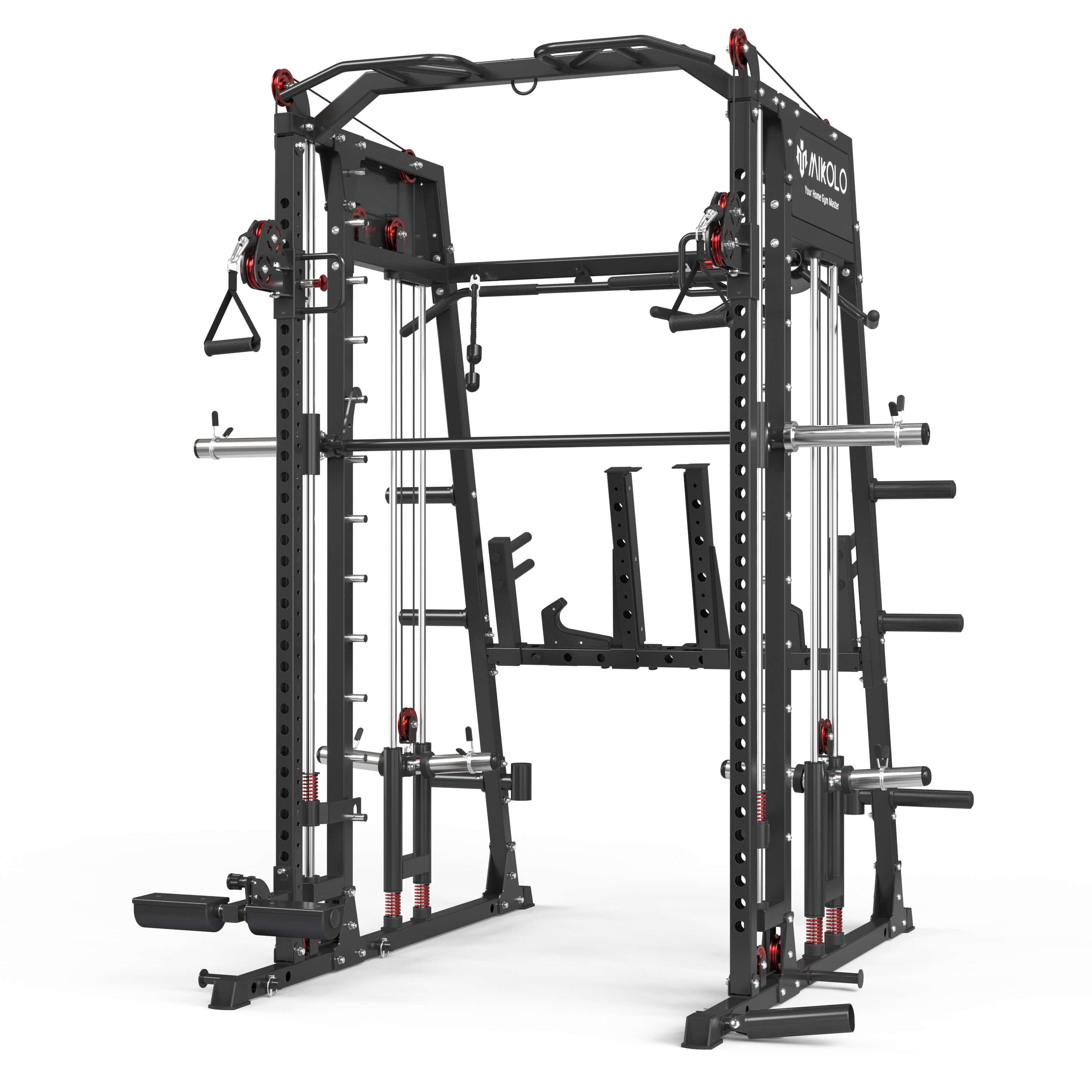

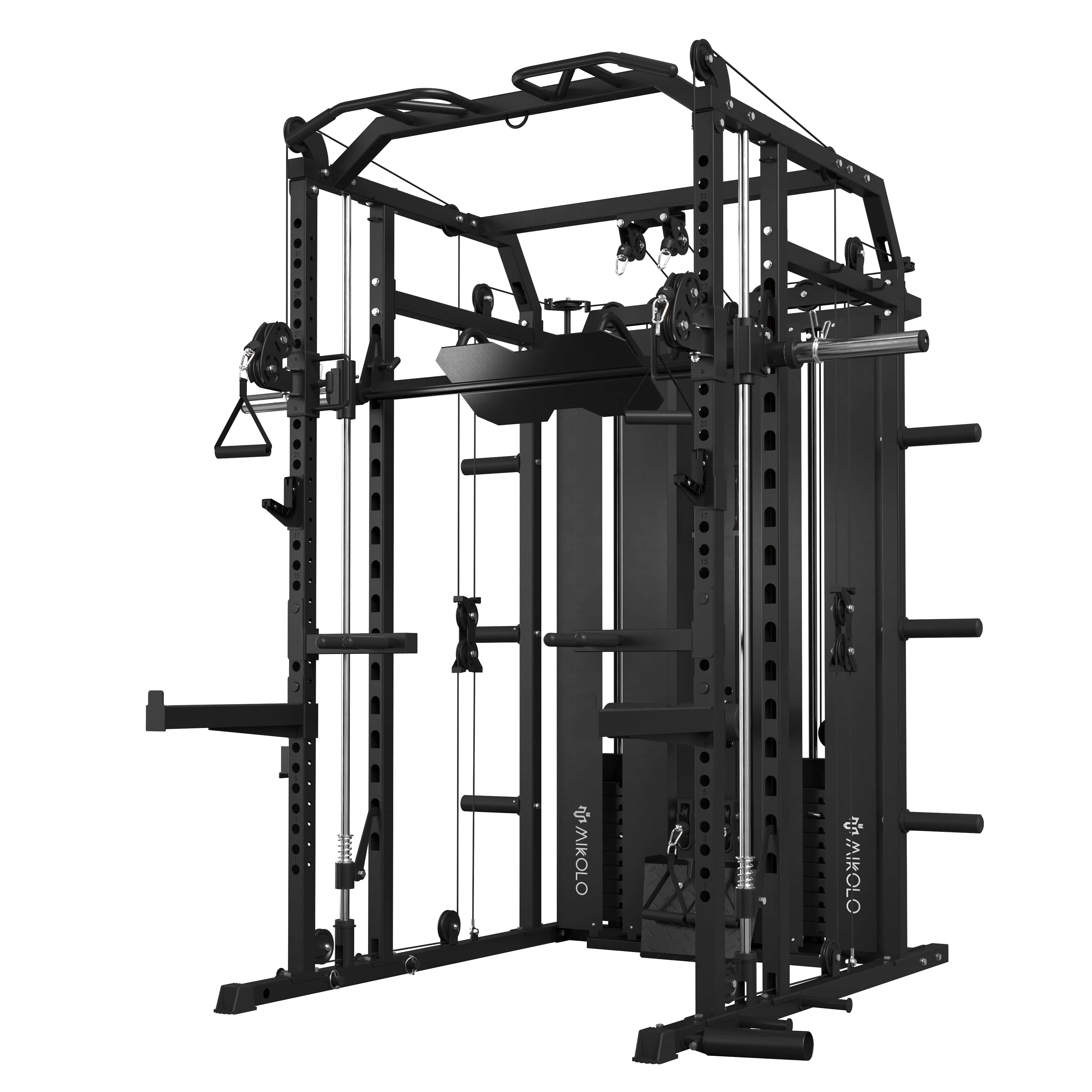
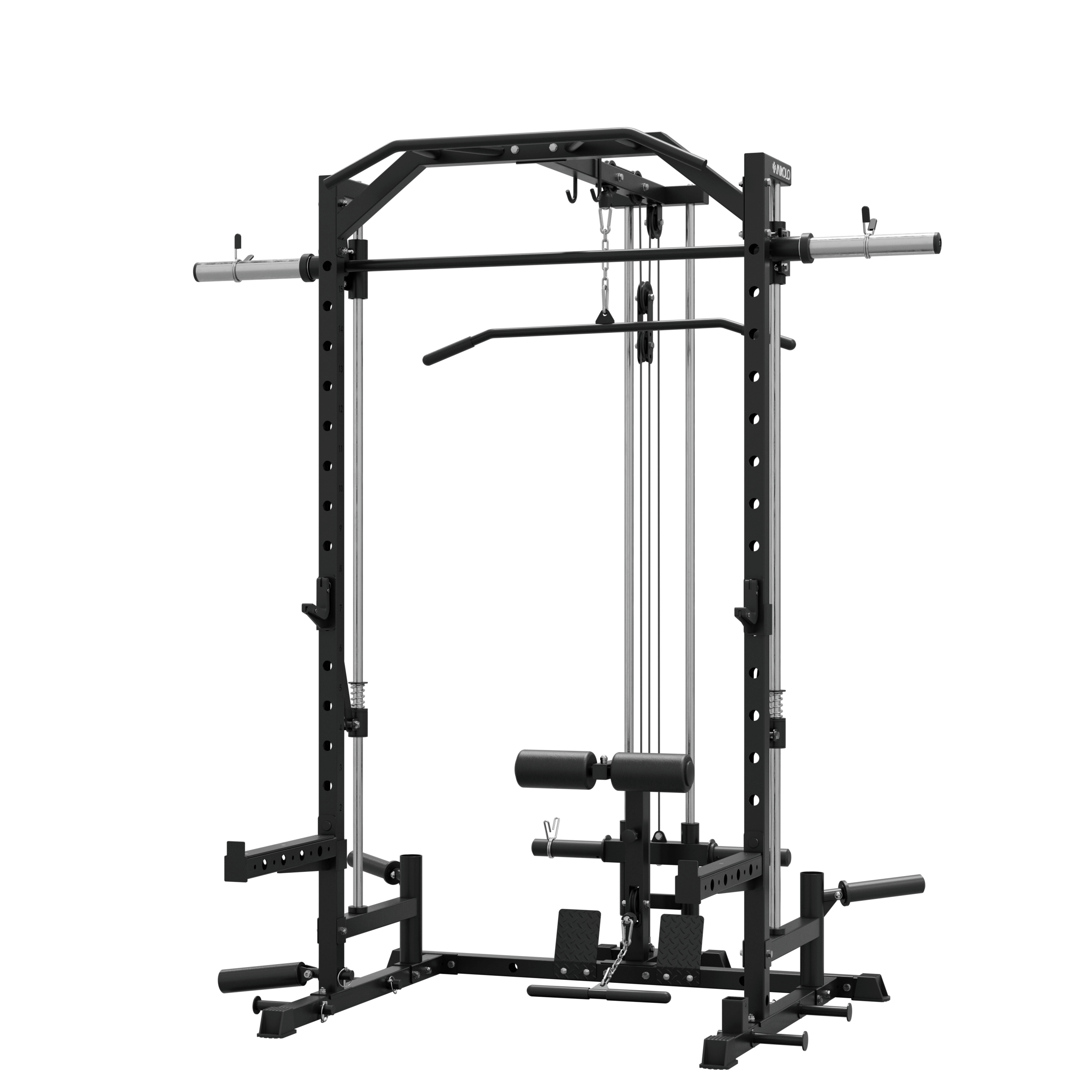
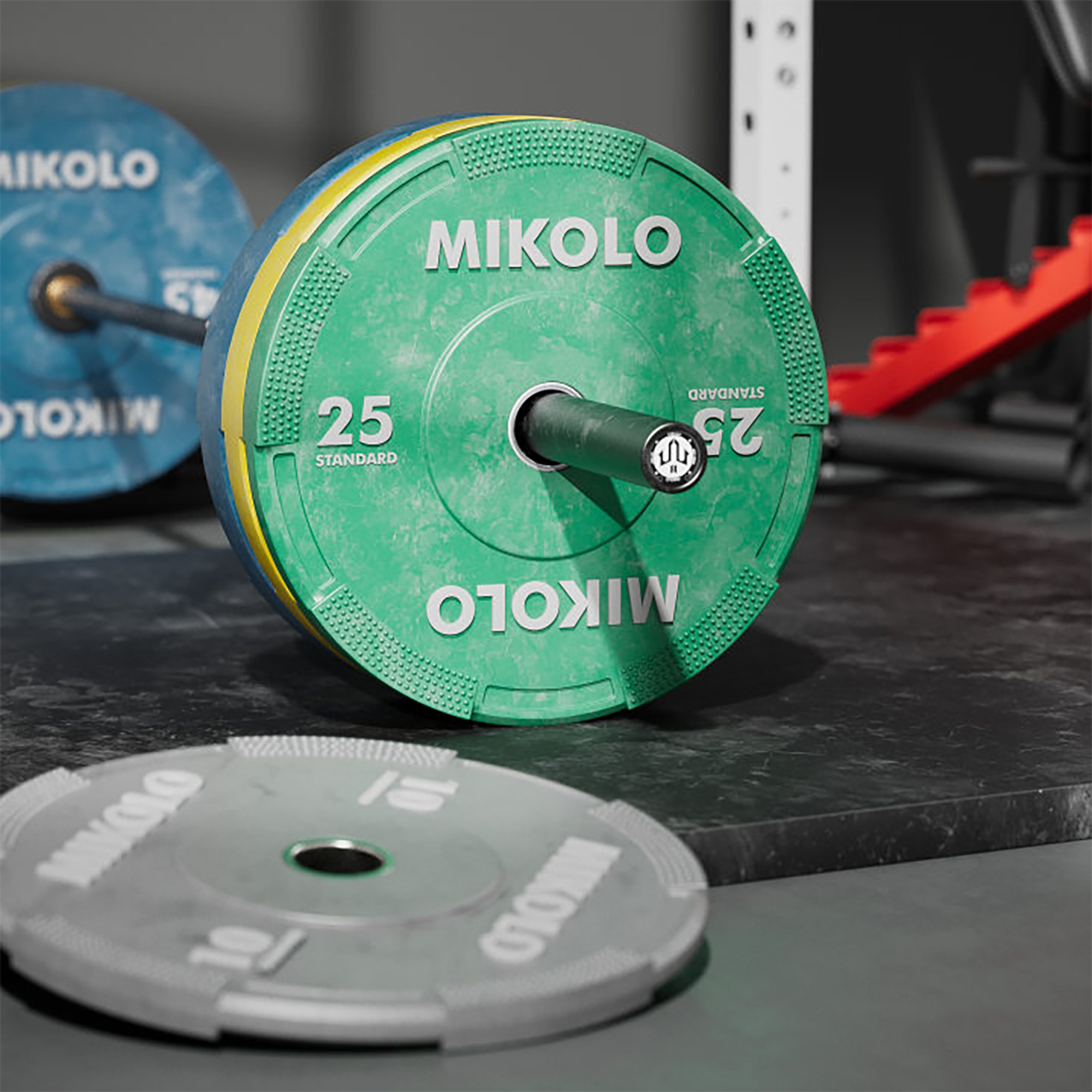






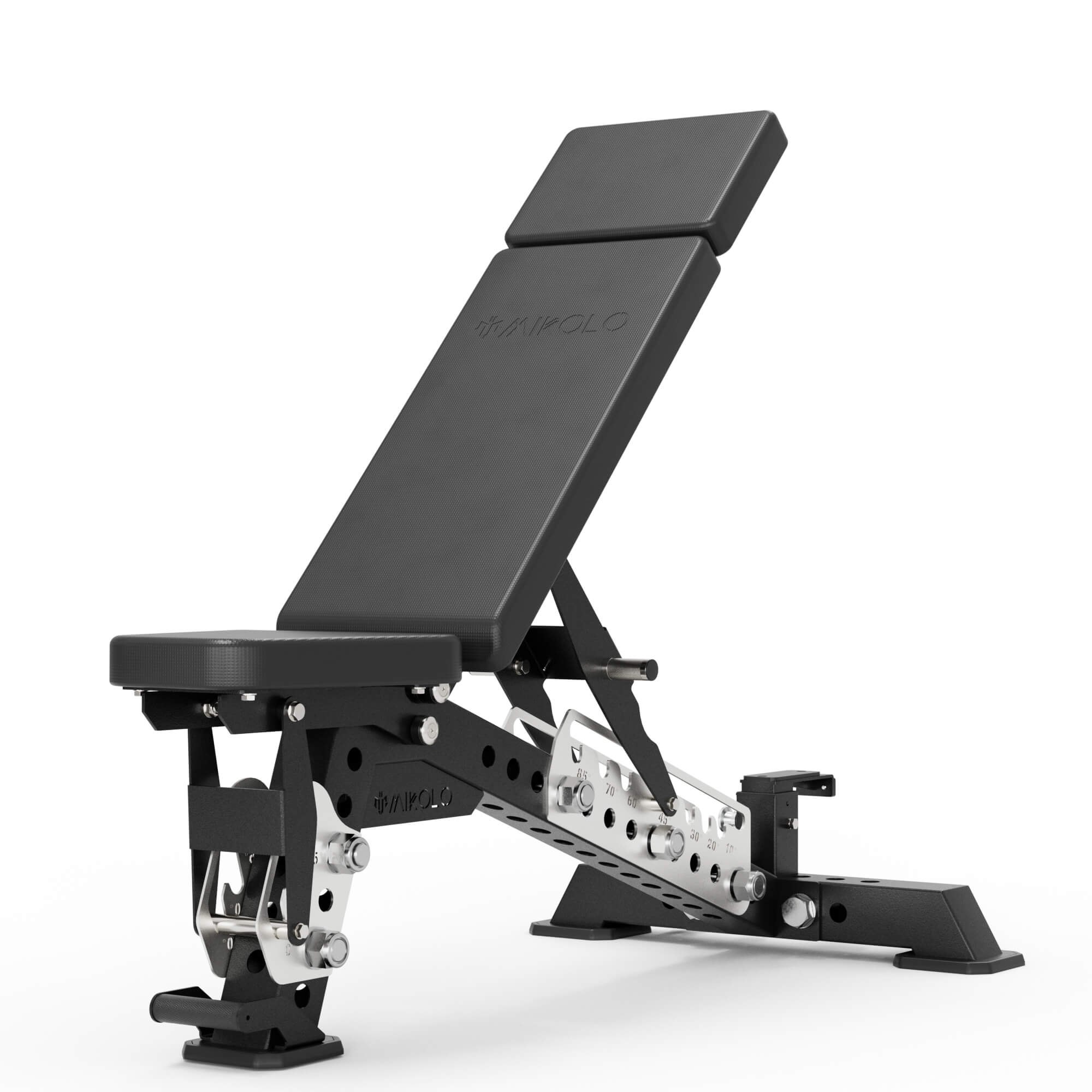
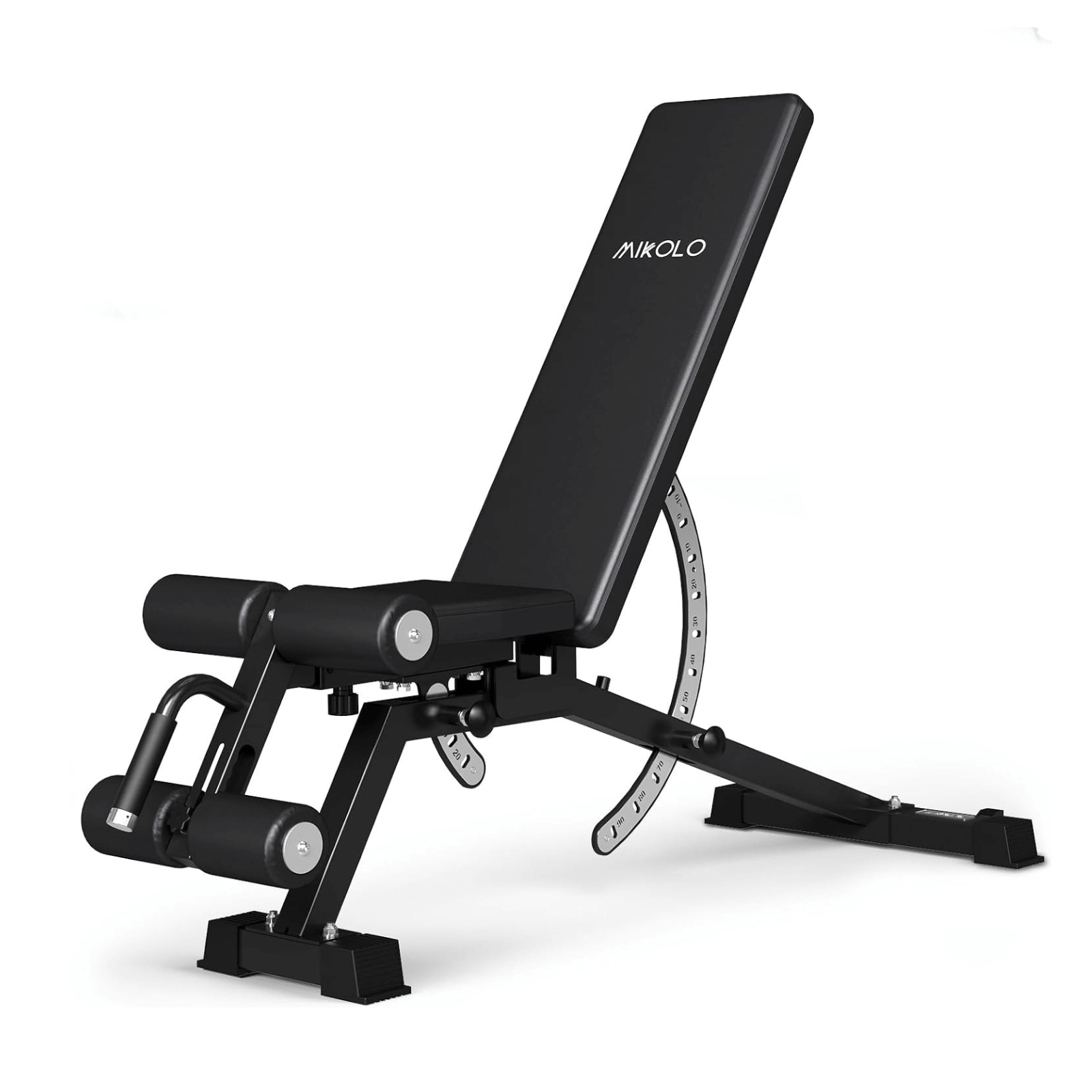




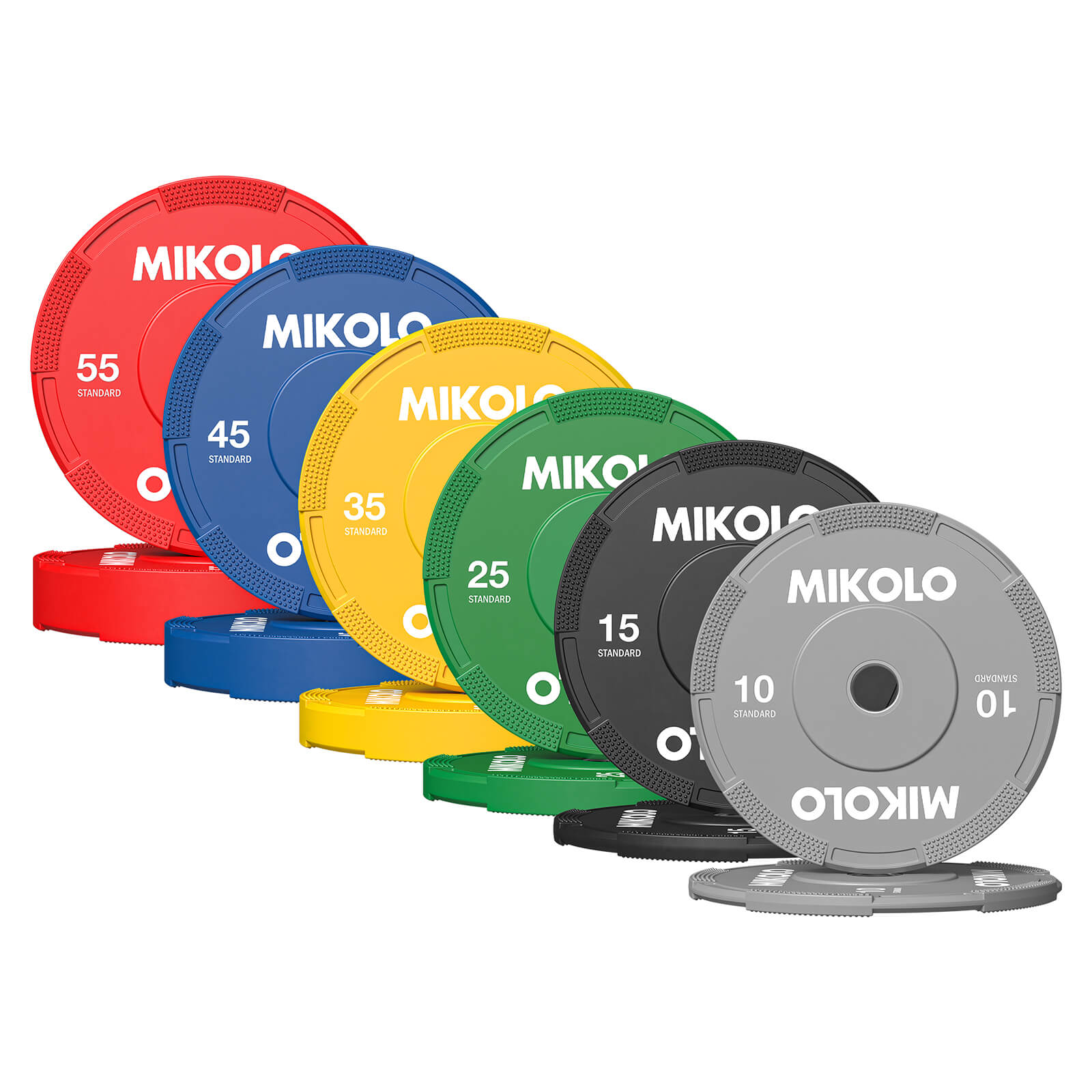
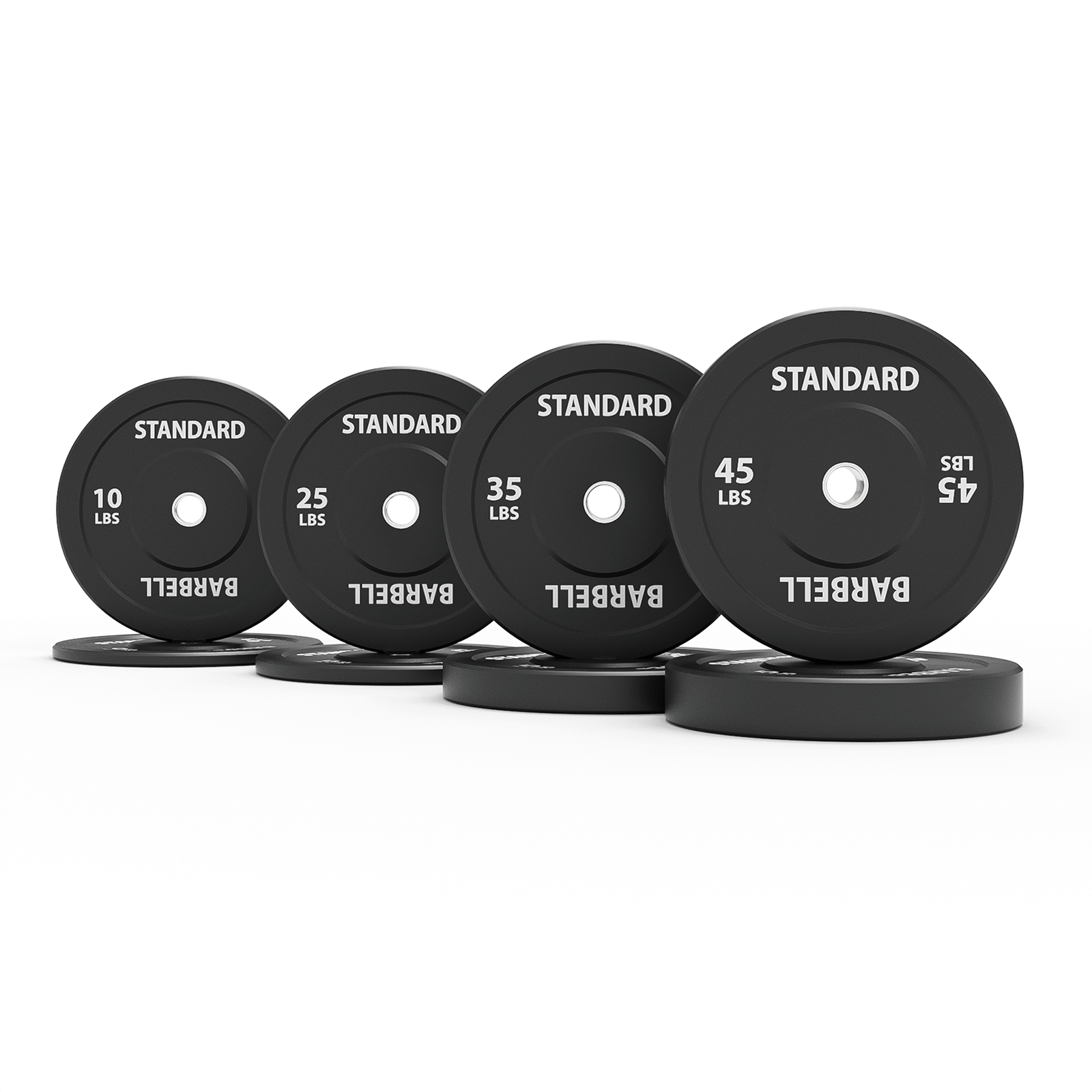
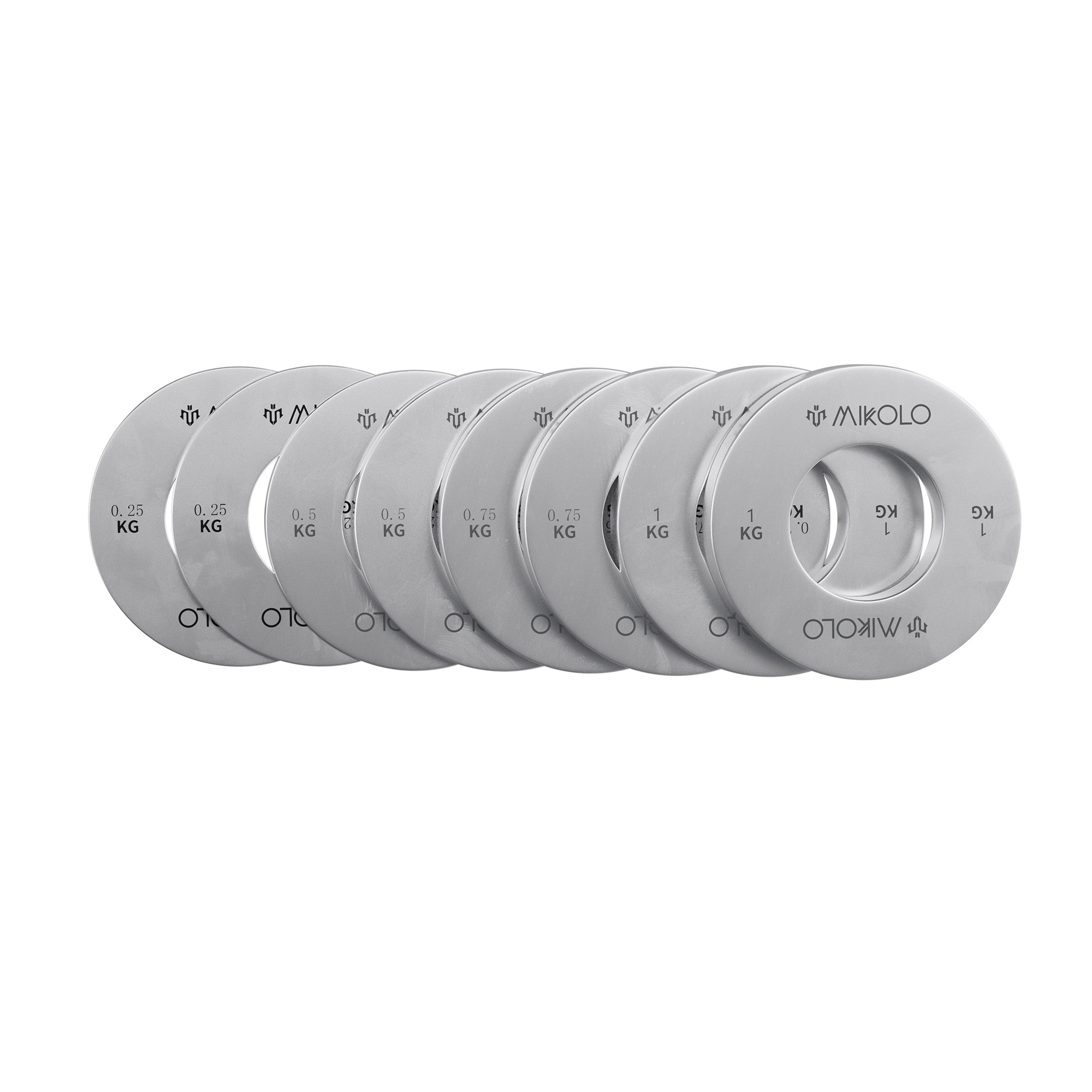
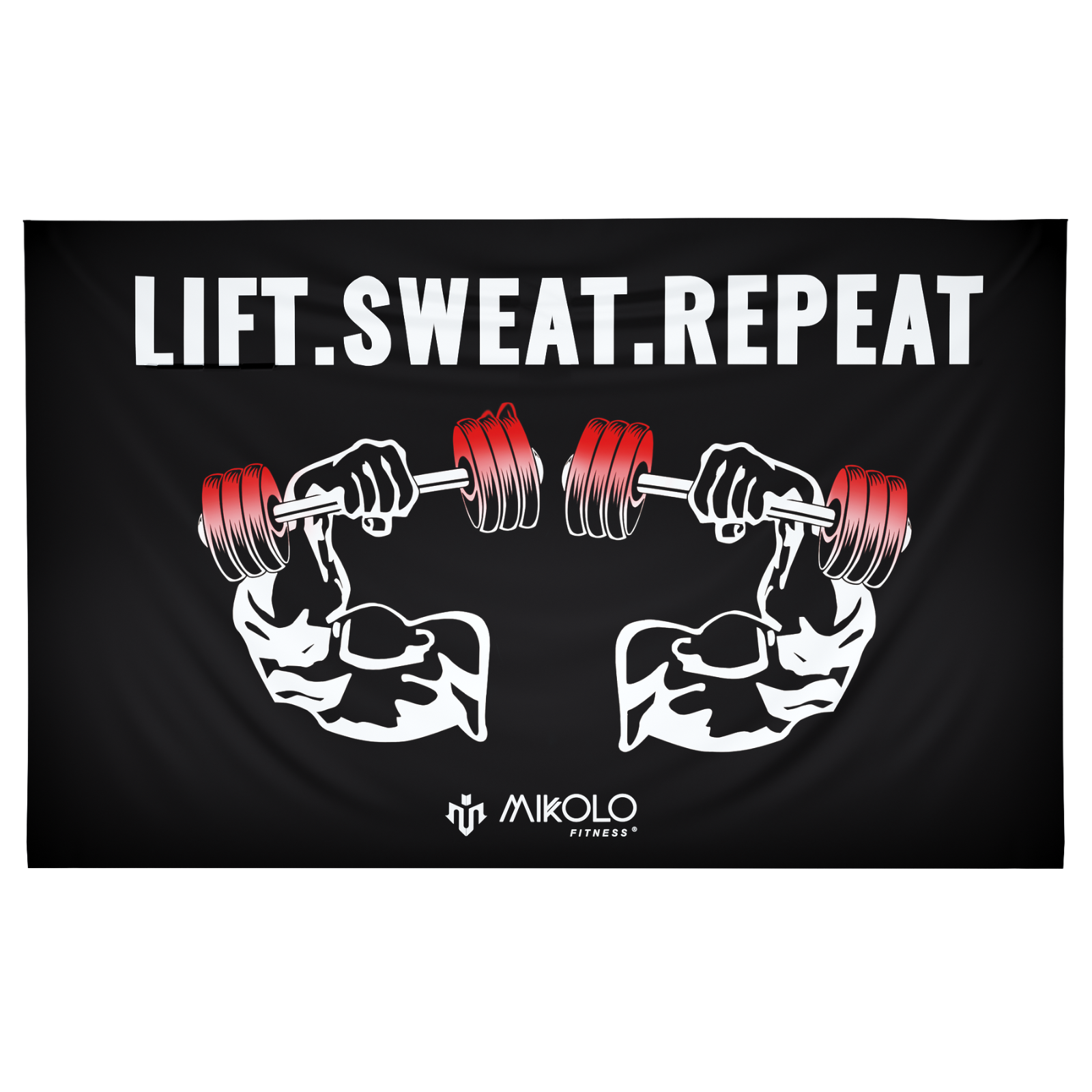
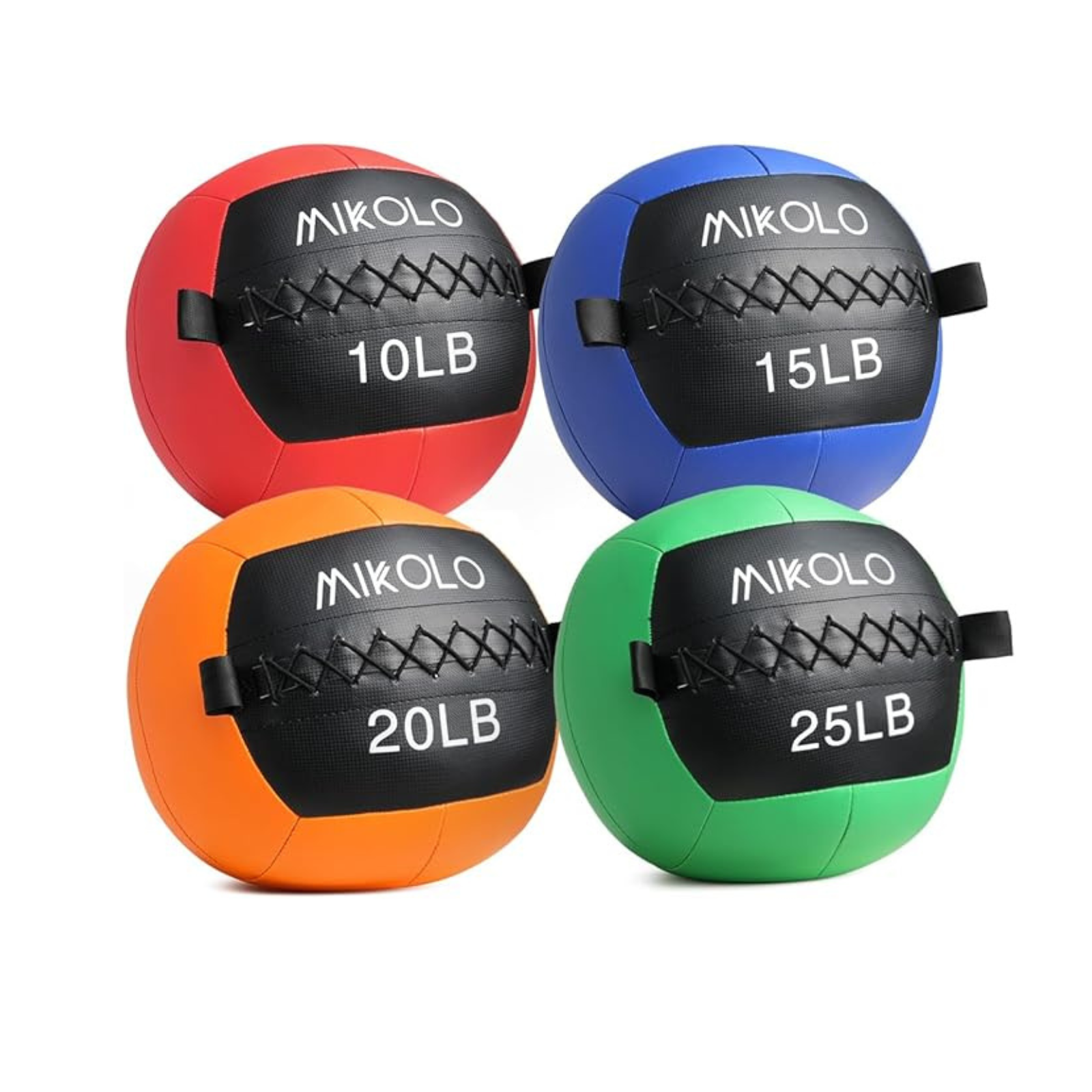
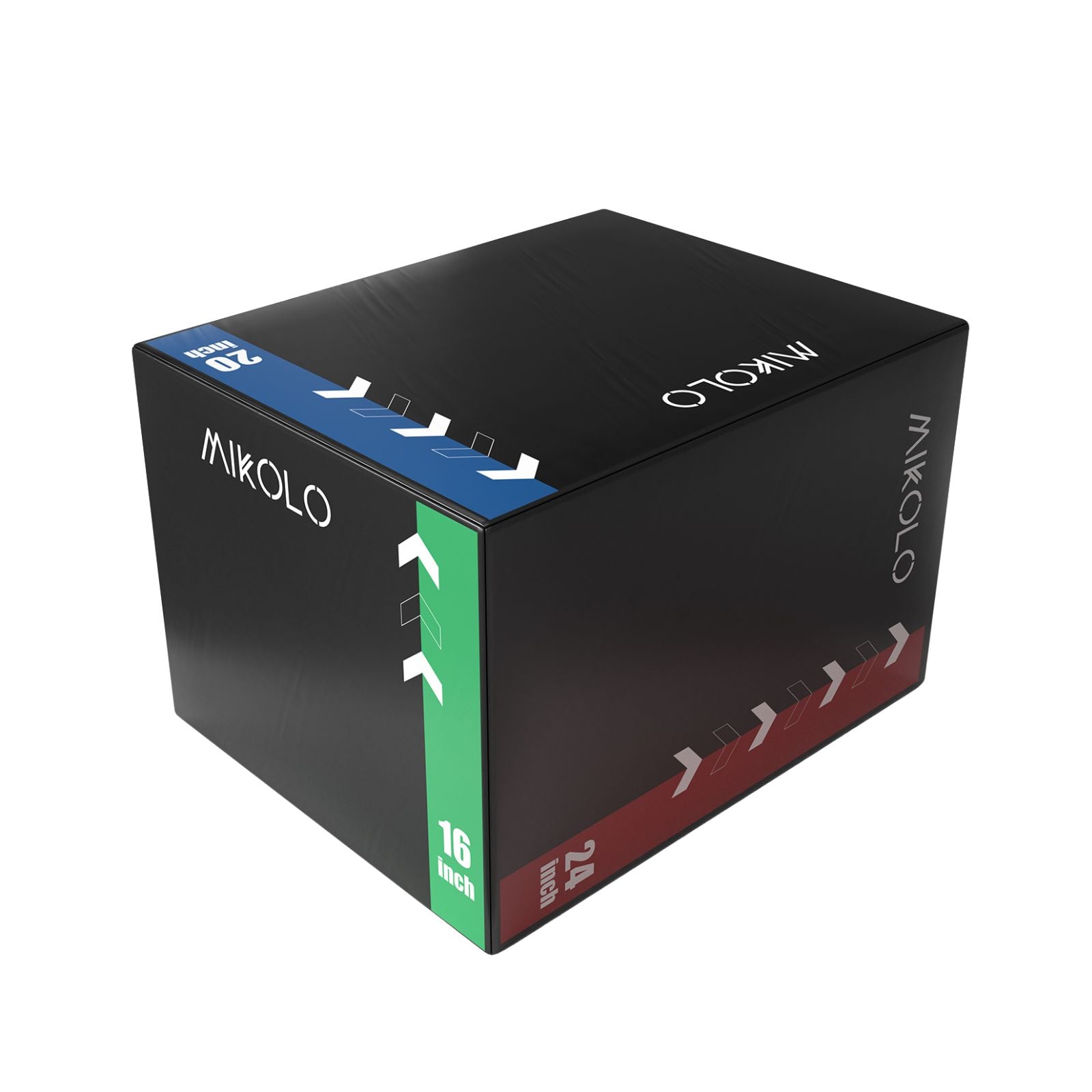

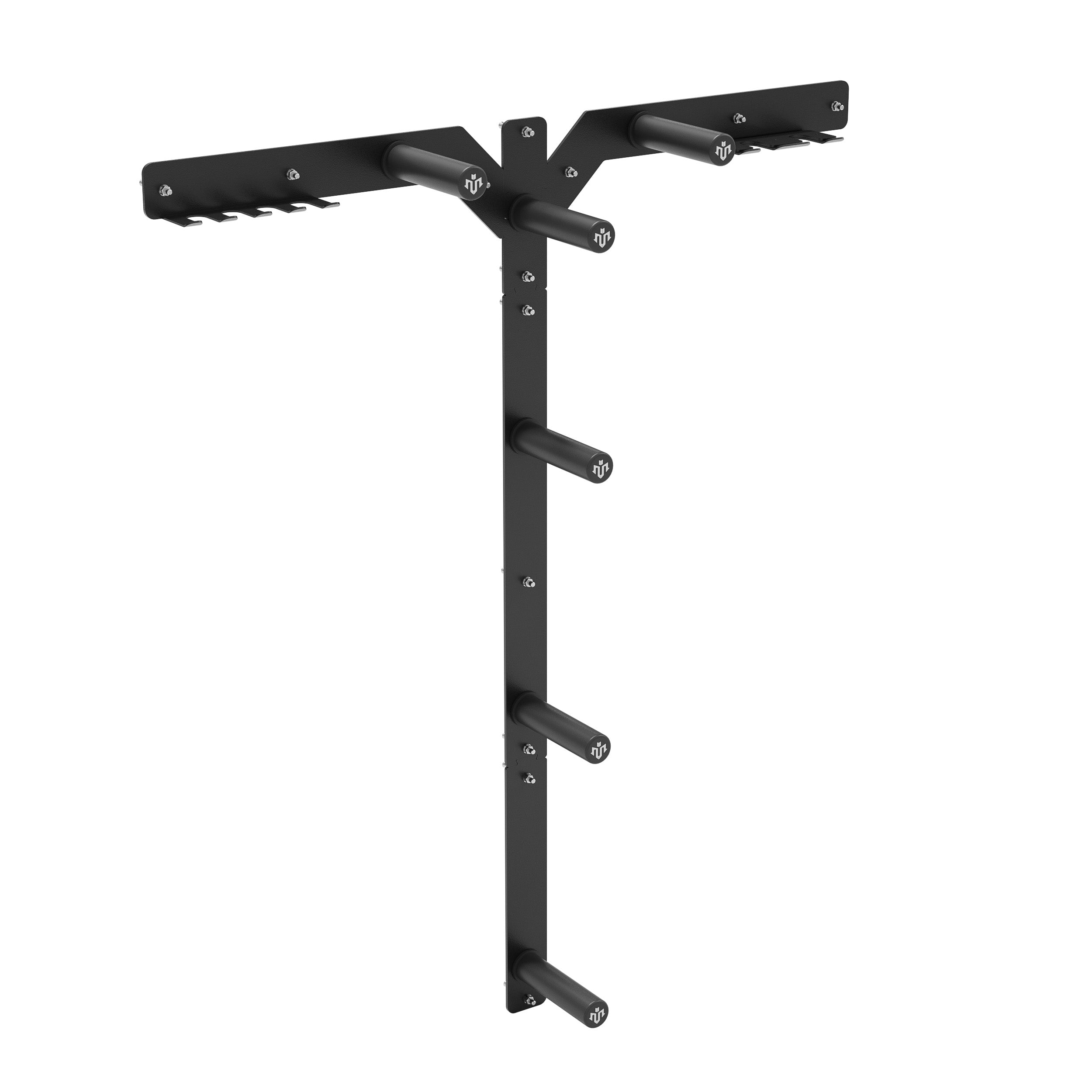




Leave a comment
This site is protected by hCaptcha and the hCaptcha Privacy Policy and Terms of Service apply.